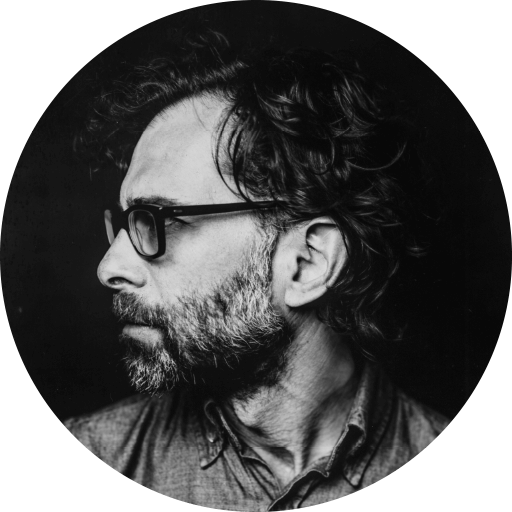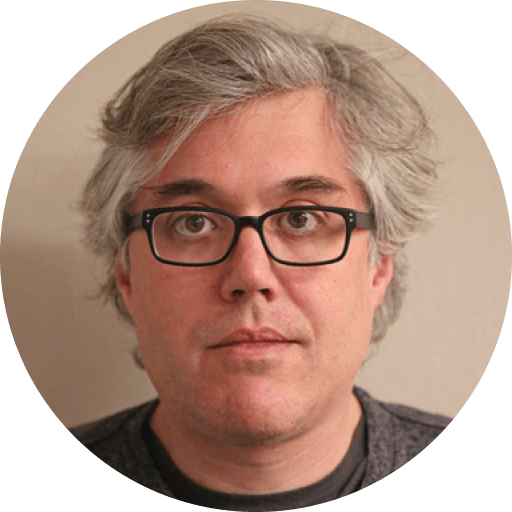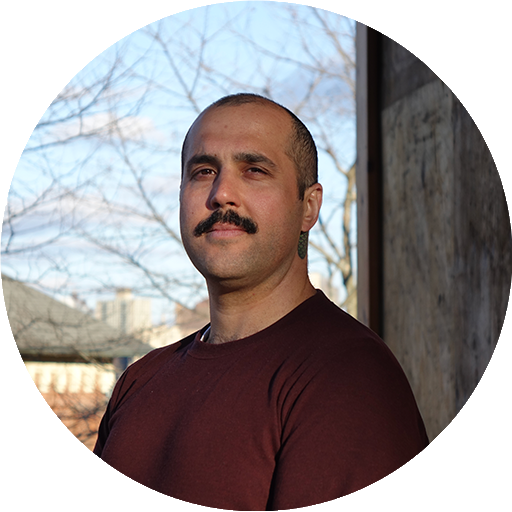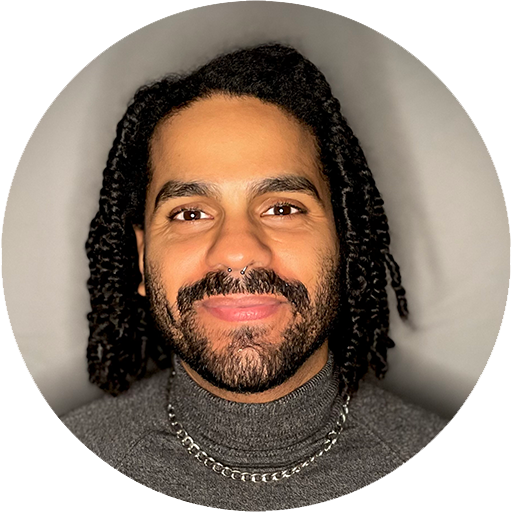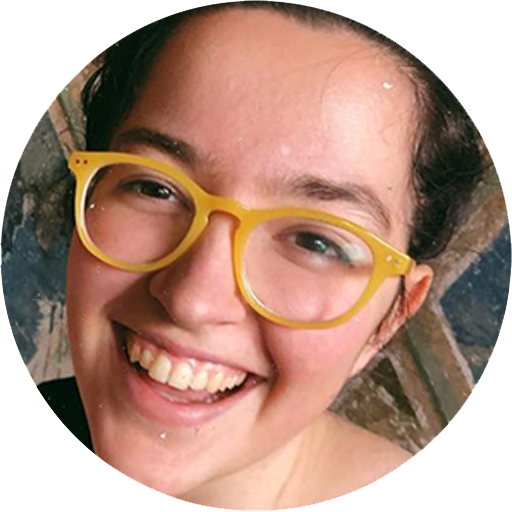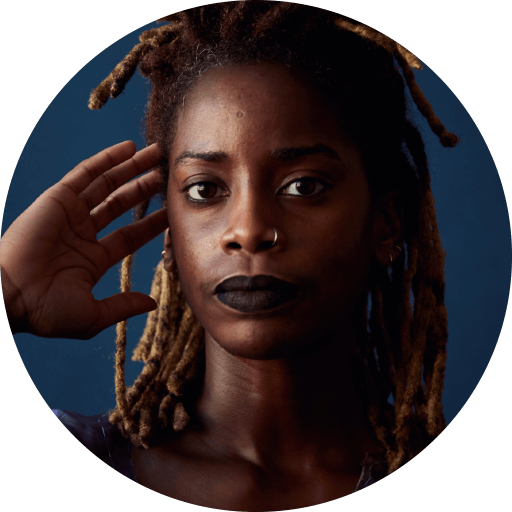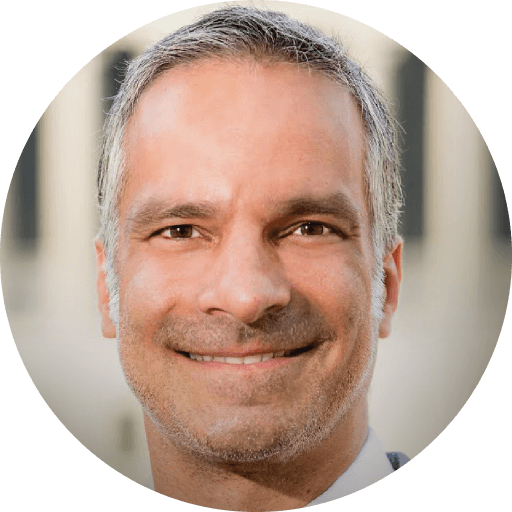Perhaps A Fragment Is All We Have: On Stephanie Acosta’s “Good Day God Damn”
Alex Santana, The Latinx Project
Alex Santana, The Latinx Project
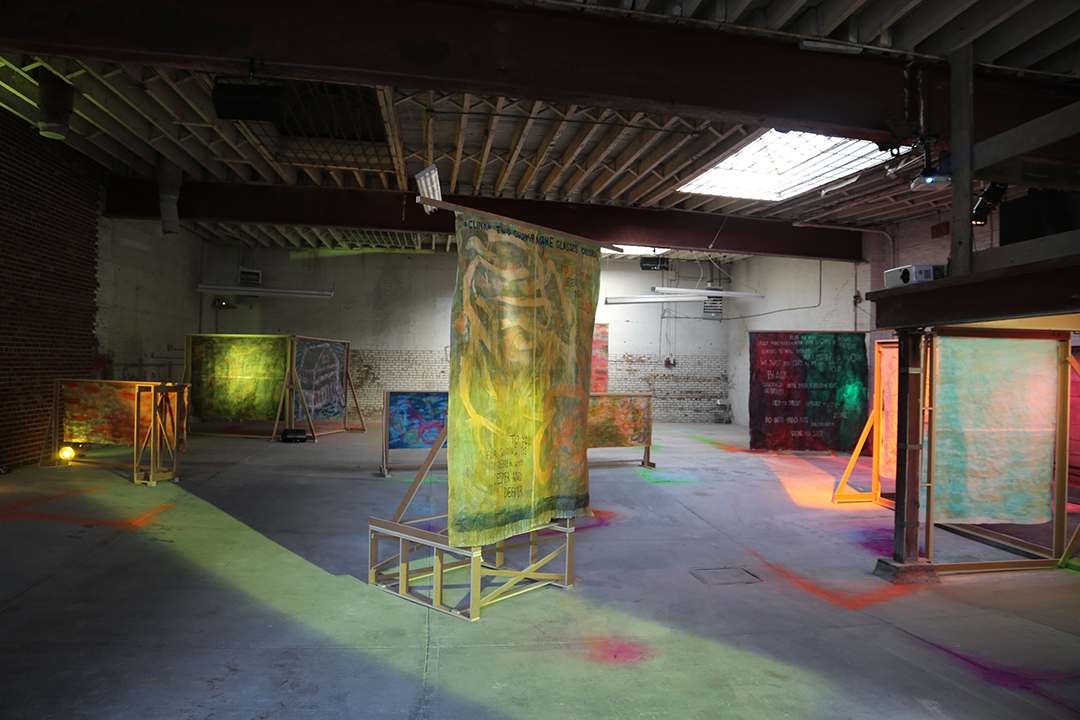
Some days, I find myself so lost in my own thoughts that I completely forget where I lock my bike. I walk around in circles, block after block, examining every bike rack and street post trying to find my own. Sometimes, I walk right past it, after a cursory glance has me convinced it’s just a look-a-like, and only a second look forces me to recognize it as my bike. In these moments, I am walking outside but I am clearly elsewhere. I am questioning my choices, my relationships, my values, and asking myself: why exactly are you alive? Some of the most compelling artwork encourages us to reflect on this interiority and the underlying thoughts we hold. Transgressive, unpopular, unwelcome, unmoored––we suppress until we have the emotional capacity to process these thoughts. Making sense of it all can be difficult, and sharing this confusion even more so, as we expose ourselves to the risks of the unknown. I am reminded of these thoughts as I walk through Stephanie Acosta’s immersive exhibition Good Day God Damn at the Chocolate Factory. Sprawling, dazzling, and tumultuous, Acosta’s work suggests: what happens when we materialize our most vulnerable feelings into physical forms? How might open-ended fragments accumulate into an amorphous mass of meaning and mutual understanding? What if a permanent state of unknowing is our most realistic model for survival, and paradoxically, also our most steady one?
Developed prior to and during the COVID-19 pandemic, Good Day God Damn is a choreographed amalgamation of large-scale painting, video, sound, and light. It is a representation of the artist’s encounters with collaborators during performance workshops that occurred right before the pandemic, but translated into visual and aural forms. Large-scale paintings hang delicately throughout the space like translucent skins, bearing fragments of writing from Acosta and her collaborators. These statements read like apocalyptic musings, like feelings you wouldn’t admit to anyone but yourself. The paintings are illuminated by colorful stage lighting and synchronized to a haunting opera score that reverberates throughout the industrial space. Occasional videos on loop provide further spatial texture, spilling from paintings onto the floor and back.
The installation is overwhelming, mirroring universal fears, desires, and pain. On some paintings, salient phrases embody the complexity of human experience. Self-aware and uncertain, sentences like My skin is cool. It’s cold to the touch. My hair is brittle, it cracks to the touch. and Extracted, ascends towards surface/Leaves without saying goodbye. contrast with sentimental reassurances like One day you’ll understand that what you are feeling is real. There are other phrases, partially hidden and embedded in layers of paint, that point to other malicious actors, for example, Someone lend that fool a hand. I’m busy taking care of my future business deals. I am struck by this. What possible business deals are occurring at the end of the world? Who is prioritizing profit in the face of catastrophe? Dreamt up by Acosta and collaborators Leslie Cuyjet, Mimi Gabriel, Jesse Young, and Alexa Grae, the phrases legible in the paintings underscore ephemerality and encourage multiple readings and interpretations. There are various actors with diverging beliefs playing in this environment––at times in deep conflict, and with enormous repercussions.
In other paintings, words are rendered illegible, and slight traces of pigment drip downwards with the weight of gravity––like sediment or stone. I found myself squinting, attempting to read backwards, crouching down, and peering under. With the absence of the original performers who inspired the installation, the viewer instead becomes the vehicle of human experience and association. In this space, I am confronted with the totality of the unknown, and it is exciting. There is the flickering sunlight from a nearby skylight, the undulating movement of projected video, and the fissure in the ground that seems to seep deeply into the earth. Among these surprises, the paintings bear the passage of time, hundreds of translucent layers and delicate brush strokes accumulating densely and somehow also porously. They hang elegantly from wooden rafters, like large flags or rolls of tarp used to secure items during a hurricane. Swaying gently, they move along with the slight breeze creeping in from outside.
In The Chocolate Factory’s cavernous industrial space, the continuous movement of light, sound, and air provides an almost transcendental experience, like the rhythmic dynamism of human breath. I am aware of my own breathing, as I squat to observe a mound of purple pigment accumulated on the floor like a small mountainous topography. Scale is important here: mountains are miniature and fragments are expansive, distorting spatial assumptions. There is also the soundtrack of human breath, layered and collaged with the piercing, operatic vocals of Alexa Grae, whose voice seems to reverberate and echo off the walls, onto the paintings, and under my feet. Like the paintings, the environmental aspects of the installation carry a tone that is at once soft and acidic, permeable yet dire, and most of all, emphatically persistent.
The persistence is movement and change––reflecting the continuous forces affecting our everyday lives. From one moment to the next, red stage lighting spotlights a hinge between two paintings. Then, suddenly, a colorful moving skyscape video is projected, abstracted to look almost like static. There are dynamic flourishes that evoke the dramatic apocalyptic landscapes of our present. I am reminded of dead freshwater marshes drying out with rising sea levels, Amazon distribution facilities as large as small towns, and miles of fiber optic cables along the ocean floor. Acosta’s installation points to the disturbing realities of the present, and also to the internal psychological cartwheels we perform to justify what does not seem to make logical sense in our world.
A purple light shines and the work suddenly changes. A gust of wind, illuminated in green, reveals hundreds of specks of dust suspended in mid-air. A video spills onto a canvas, and the environment changes yet again. Everything is changing and unknown. “The only lasting truth is change,” as Octavia Butler emphasizes in her science fiction novels. I spoke with Acosta about Butler’s writing, and we both acknowledged her in the work: the looming sense of apocalypse but also of mutual experience, communication, and solidarity. Allowing the viewer to share the jolt of emotions charged within the space, Acosta’s Good Day God Damn echoes our collective ghosts, and the performers’ thoughts reveal a process of making personal doubts universal, acknowledging entropy as a central force.
Perhaps a fragment is all we have.
Maybe everything has been made too intelligible, too quantifiable, too observable, too collectible, and perhaps this is the true tragedy. The installation, in turn, sits comfortably in the mysterious, emphasizing what we do not understand and cannot understand, and why that unknowing is ultimately OK. What if unknowing is a fertile soil, an empathetic space to hold for yourself and for others? Acosta’s “landscape-exhibition” underscores this necessity of imagining expansive possible futures mired in random, constant change.
Alex Santana for The Latinx Project, July 2, 2021


